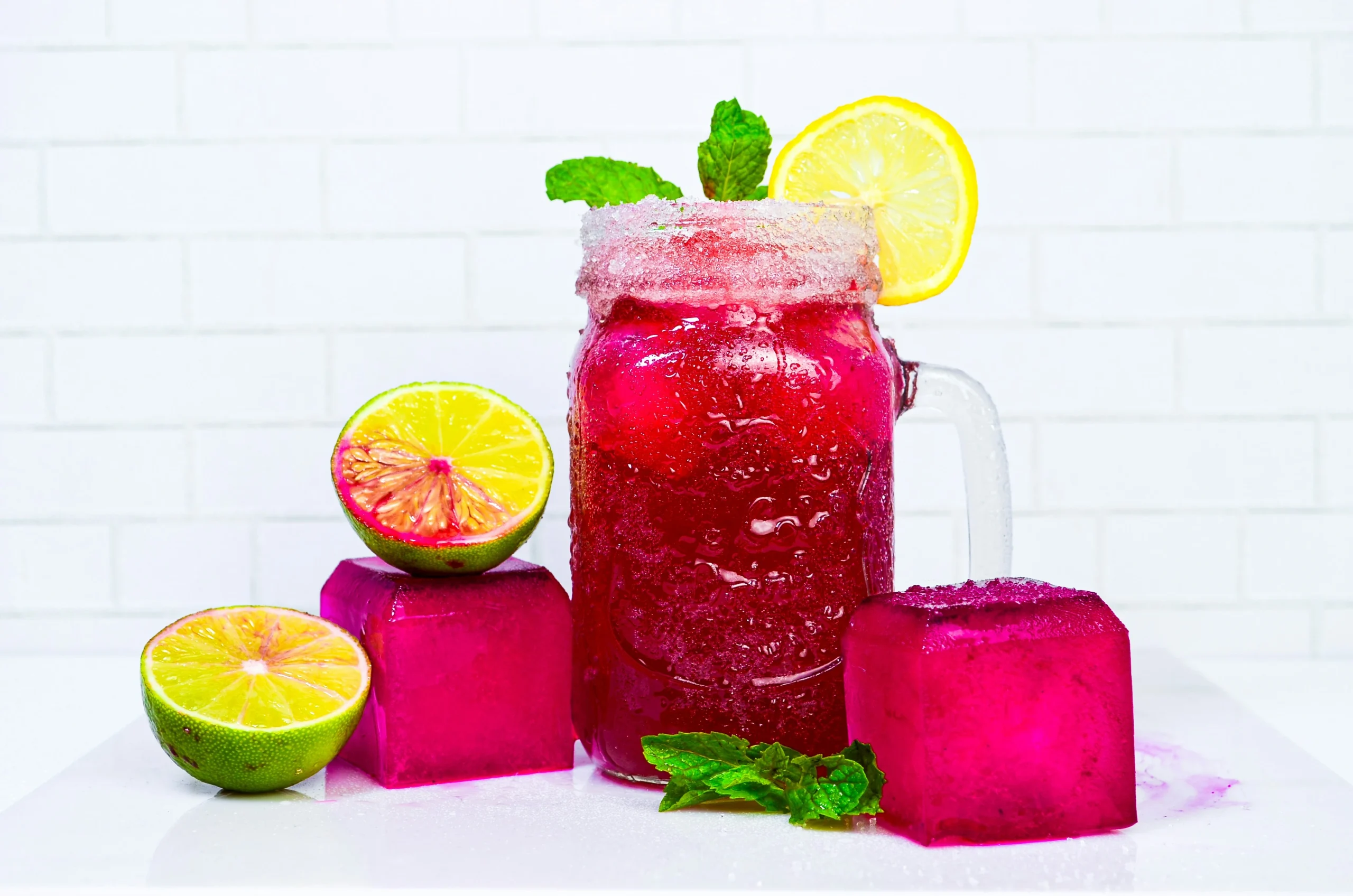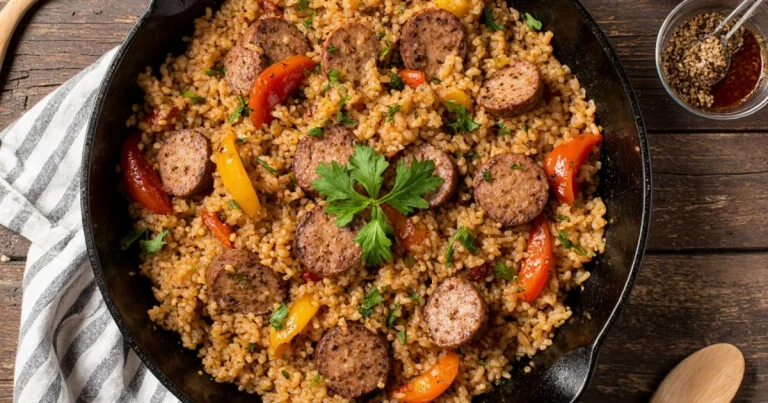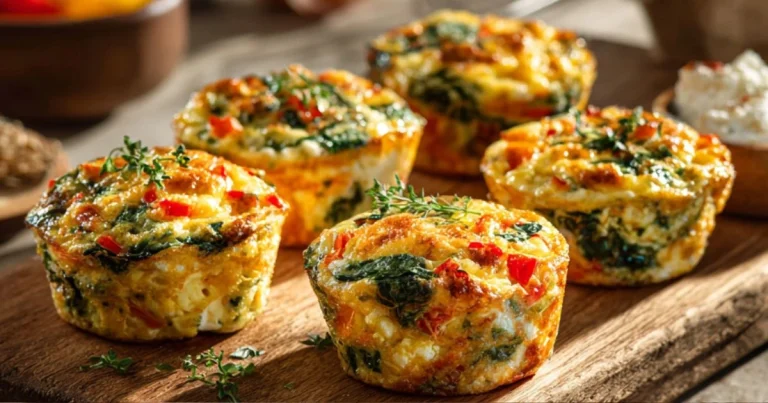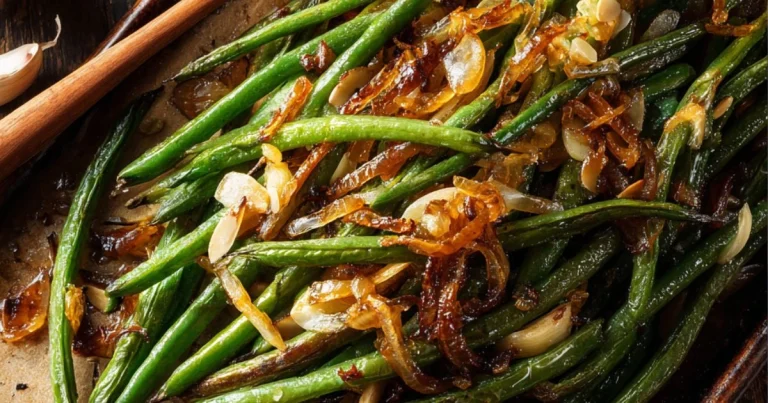Healthy Beet Juice
Introduction: From Ancient Roots to Modern Superfood
From its humble origins in the Mediterranean soil over 4,000 years ago, the beet has undergone a remarkable transformation—evolving from a leafy green prized by ancient Greeks and Romans into today’s crimson-hued nutritional powerhouse. Initially cultivated for its greens (“chard”), the root gained prominence in 200 AD when Roman agriculturists developed the bulbous, sweet taproot we recognize today . By the 19th century, Eastern European cultures embraced beets as a winter staple, with borscht (beet soup) becoming iconic for its resilience and vibrancy .
The modern healthy beet juice revolution ignited in the 21st century, fueled by scientific discoveries about its unmatched dietary nitrate content. Research revealed that these nitrates convert to nitric oxide in the body, dilating blood vessels to lower blood pressure within hours and enhancing athletic endurance by 15–24% 29. This evidence catapulted beet juice from historical obscurity into the wellness spotlight, transforming it into a favored elixir among athletes, health enthusiasts, and even astronauts—who celebrated a zero-gravity toast with borscht during the 1975 Apollo-Soyuz mission .
Today, beet juice symbolizes the convergence of ancient tradition and cutting-edge nutritional science, offering a potent blend of history, flavor, and evidence-based health benefits.
The Nutritional Powerhouse: What’s Inside Your Glass
An 8-ounce glass of fresh beet juice delivers a dense concentration of bioactive compounds, rivaling superfoods like spinach and blueberries:
- 250–800 mg dietary nitrates (highest among vegetables) → Convert to nitric oxide for vasodilation .
- 317 mg potassium (13% DV) – Regulates fluid balance and nerve signals .
- 65 mcg folate (16% DV) – Critical for DNA synthesis and red blood cell formation .
- 1.4 mg iron (8% DV) – Enhanced absorption via vitamin C synergy (6 mg per serving) .
- Betalains (120–150 mg) – Rare antioxidants (betanin/vulgaxanthin) that reduce inflammation 28% more effectively than common polyphenols .
Unlike many juices, beet juice retains bioavailable trace minerals:
- Manganese (22% DV) for bone/collagen synthesis
- Molybdenum (16% DV) for enzyme activation
- Copper (9% DV) supporting iron metabolism
The unique phytonutrient matrix amplifies benefits:
- Nitrates boost blood flow
- Betalains scavenge free radicals
- Betaine protects liver cells
Pro Tip: Pair with citrus (lemon/orange) to increase non-heme iron absorption by 300% .
Nutrient Density Comparison (Per 8 oz)
| Compound | Beet Juice | Orange Juice | Kale Juice |
|---|---|---|---|
| Nitrates | 250–800 mg | 0 mg | 20–50 mg |
| Potassium | 317 mg | 496 mg | 329 mg |
| Antioxidants (ORAC) | 1,776 µmol TE | 1,262 µmol TE | 1,770 µmol TE |
| Glycemic Load | 3 (Low) | 12 (Medium) | 1 (Low) |
This nutritional alchemy makes beet juice a functional beverage with targeted physiological impacts .
The star phytonutrients—betalains (including red-violet betanin)—give beets their color and combat inflammation. Research cited in the AND’s analysis of antioxidant-rich functional foods shows betalains reduce oxidative stress by 28% in high-intensity exercisers.
Science-Backed Health Benefits: More Than Hype
Beetroot juice’s health benefits extend far beyond folklore, with robust clinical evidence confirming its multifaceted impacts on cardiovascular, metabolic, and physical performance. Here’s a comprehensive analysis of its evidence-based effects:
1. Cardiovascular & Blood Pressure Regulation
The nitrate-nitric oxide pathway is the cornerstone of beetroot’s cardiovascular benefits. Upon ingestion, dietary nitrates (250–800 mg per 8 oz) convert to nitrite by oral bacteria, then to nitric oxide (NO)—a potent vasodilator 3612. This triggers:
- Blood pressure reduction: Systolic/diastolic drops of 4–5 mm Hg within 6 hours of consumption, with effects peaking at 3–6 hours 36.
- Endothelial enhancement: Improved blood vessel flexibility and reduced arterial stiffness 1112.
- Periodontal dependency: A landmark 2025 study found periodontitis blunted beetroot’s BP effects by disrupting oral nitrate-reducing bacteria. After periodontal treatment, BP reduction was fully restored 6.
Key mechanism: Healthy oral microbiota are essential for nitrate conversion. Periodontitis reduces Rothia/Neisseria bacteria, impairing NO production 6.
2. Athletic Performance & Recovery
Beetroot juice significantly enhances high-intensity exercise output and post-exercise recovery via improved oxygen utilization and reduced metabolic strain:
→ Performance Metrics
- Strength & power: Resistance-trained men increased repetitions at 80% 1RM by 15–24% during bench press and back squats after 3 days of supplementation (450 mg nitrate/day) 9.
- Endurance: Cyclists extended time-to-exhaustion by 24% due to improved muscle oxygenation (SmO₂) 29.
- Efficiency: Reduced oxygen cost during submaximal exercise, allowing longer sustained effort 47.
→ Recovery Acceleration
- 37% reduction in delayed-onset muscle soreness (DOMS) in climbers 24h post-exertion 7.
- Faster restoration of jump height and power output within 24h 9.
Table: Athletic Performance Outcomes by Population
| Population | Key Benefit | Effect Size | Study |
|---|---|---|---|
| Elite Athletes | Muscle strength/power | Moderate | 4 |
| Recreational | Aerobic endurance | Small-Moderate | 4 |
| Resistance-Trained | Repetition volume at 80% 1RM | Large | 9 |
3. Metabolic & Organ Health
→ Liver Support
- In NAFLD patients, 12 weeks of beetroot juice + Mediterranean diet reduced liver fat by 40% and improved sonographic markers 311.
- Betaine in beets promotes liver cell regeneration and reduces hepatic triglycerides 11.
→ Glucose Regulation
Acute beetroot juice consumption improved post-meal insulin sensitivity by 20% in healthy adults, likely via NO-enhanced glucose uptake 1011.
4. Cognitive & Immune Function
- Neurovascular coupling: NO-mediated cerebral blood flow boosts executive function in older adults by 11% 47.
- Anti-inflammatory effects: Beetroot juice reduced TNF-α and IL-6 in long COVID patients, though functional improvements were limited 8.
- Gut microbiota modulation: Increased Akkermansia and Bifidobacterium species, enhancing gut barrier integrity 811.
5. Limitations & Considerations
- Population variability: Non-responders often have poor oral health or low baseline fitness 46.
- Dosage matters: Optimal effects require 400–800 mg nitrate (8.3–16.4 mmol), taken 2–3h pre-exercise 49.
- Kidney stone risk: High oxalate content may contraindicate use in predisposed individuals 1012.
Expert insight: Whole beets offer superior benefits to supplements due to synergistic phytonutrients and fiber 10. Supplements lack betalains’ anti-inflammatory synergy with nitrates.
Conclusion
Beetroot juice is a multisystem functional food with clinically validated benefits for cardiovascular, metabolic, and physical performance. Its efficacy hinges on the nitrate→NO pathway, modulated by oral health, dosage, and baseline physiology. For optimal results, pair supplementation with periodontal care and dietary synergy (e.g., Mediterranean diet). While not a panacea, it represents a low-cost, evidence-supported tool for enhancing human health and performance.
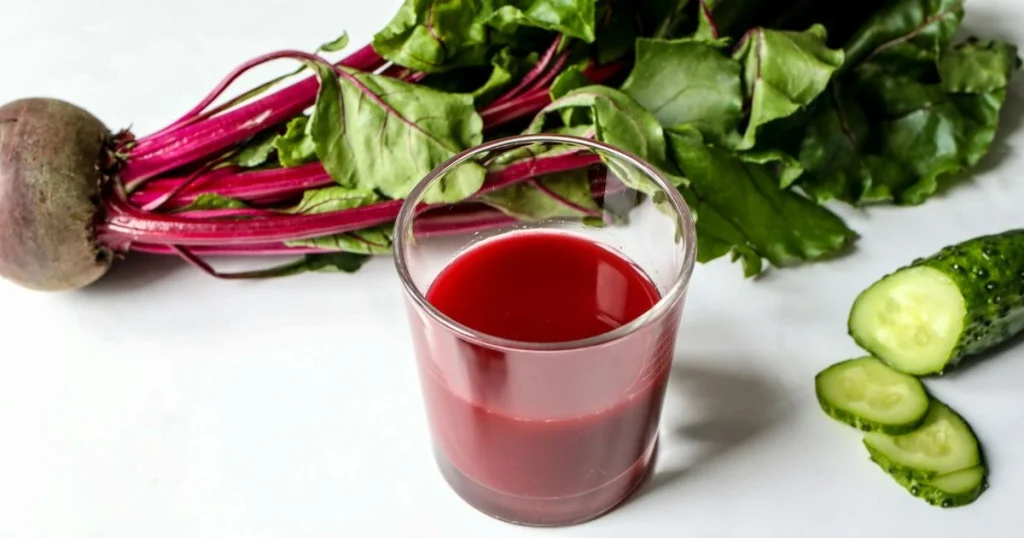
Bioavailability: Unlocking Maximum Nutrient Absorption
Beetroot’s nutrients vary drastically in bioavailability due to their chemical properties and metabolic pathways:
Absorption Mechanisms
- Nitrates: 95–100% absorbed in the stomach/small intestine → Converted to nitric oxide via oral/gut bacteria .
- Betalains: Only 0.5–0.9% excreted in urine → Primarily metabolized by liver bile and colon microbiota .
- Non-heme iron: 2–20% absorption → Enhanced 3–4× by vitamin C (add lemon/orange) .
Maximization Strategies
| Nutrient | Optimization Hack | Science |
|---|---|---|
| Nitrates | Consume raw/cold-pressed | Heat degrades 50% of nitrates in 30 mins . |
| Betalains | Pair with healthy fats (avocado) | Fat-soluble compounds require lipids for uptake |
| Iron | Add citrus (lemon/orange) | Vitamin C reduces ferric iron → absorbable ferrous form . |
| Betaine | Avoid mouthwash post-consumption | Preserves oral nitrate-reducing bacteria . |
Critical Inhibitors
- Tannins (in tea/coffee): Block iron absorption → space intake by 2+ hours .
- High-fiber meals: Bind betalains → drink juice 30 mins before meals .
- Kidney stone risk: Pair high-oxalate juice with calcium-rich foods (kale, yogurt) to reduce oxalate absorption .
Preparation Methods: Juicer vs. Blender
Core Functional Differences
- Juicer:
- Mechanism: Separates liquid from pulp, extracting ~95% juice while discarding insoluble fiber (skin, seeds, pulp) 16.
- Output: Yields smooth, pulp-free juice (e.g., 600 ml/lb of beets) with concentrated nitrates and betalains 15.
- Nutrient Focus: Maximizes nitrate retention (critical for blood pressure benefits) and enables quick nutrient absorption 12.
- Blender:
- Mechanism: Pulverizes whole ingredients (including fiber), creating a thick puree that requires straining via cheesecloth/nut milk bag 56.
- Output: Produces fiber-rich juice (450 ml/lb of beets) but yields 25% less liquid than juicers. Requires dilution with water (¼–½ cup per beet) for blendable consistency 56.
- Nutrient Focus: Retains soluble fiber (supports gut health) but may degrade heat-sensitive nitrates due to blade friction 16.
Nutritional & Practical Trade-offs
| Factor | Juicer | Blender |
|---|---|---|
| Fiber | Removes insoluble fiber | Retains all fiber |
| Sugar Absorption | Faster uptake (quick energy) | Slower release (avoids spikes) |
| Yield Efficiency | Higher juice volume per vegetable | Lower yield; pulp absorbs liquid |
| Prep Time | 10–15 mins (incl. cleanup) | 5 mins (blending) + 10 mins straining |
| Best For | Nitrate-focused benefits, clarity | Fiber retention, meal replacement |
Optimization Tips
- Juicer Method:
- Use cold-press/slow juicers (e.g., Omega Vertical) to minimize oxidation and heat damage to nitrates 16.
- Reuse pulp in muffins or soups to reduce waste 6.
- Blender Method:
- Add citrus/ginger to mask earthiness; strain immediately to prevent bitterness from pulp 5.
- Avoid over-blending (≤1 min) to limit nutrient loss from heat 1.
Critical Considerations
- Kidney stone risk: Both methods concentrate oxalates; limit intake to 2–3x/week if predisposed 5.
- Oral health: Avoid mouthwash post-juicing to preserve nitrate-converting oral bacteria 2.
- Cost: Juicers require more produce (↑ cost) and fridge space 16.
Final Verdict: Choose a juicer for maximal nitrate concentration (ideal for athletic performance or blood pressure goals). Opt for a blender for fiber-rich, budget-friendly juice that doubles as a meal replacement
7 Targeted Beet Juice Recipes
- Blood Pressure Balancer:
- 1 beet + 2 celery stalks + 1 green apple + 1″ ginger.
- Key benefit: Potassium + nitrates synergy.
- Iron Amplifier:
- 1 beet + 1 cup spinach + ½ orange + 1 date.
- Vitamin C enhances non-heme iron absorption.
- Post-Workout Recharger:
- 1 beet + 1 cup coconut water + ½ lime + pinch sea salt.
- Electrolytes + nitrates speed recovery.
- Liver Detox:
- 1 beet + ½ cup chopped dandelion greens + ½ lemon + 1 tsp turmeric.
FAQs: Your Top Beet Juice Questions Answered
Q: Can I drink beet juice daily?
A: Yes—studies show 200–800 ml/day is safe. Limit to 3x/week if prone to kidney stones.
Q: How quickly does it lower blood pressure?
A: Effects begin in 30 mins, peak at 3–6 hours, and fade after 24 hours.
Q: Is beeturia (red urine) dangerous?
A: No—it’s harmless betanin excretion affecting 14% of people.
Q: Can it replace blood pressure meds?
A: Never—it complements treatment but consult your doctor before adjusting medications.
Q: Who should avoid beet juice?
A: Those with:
- Kidney stones (high oxalates)
- Gout (moderate purines)
- Low blood pressure or on antihypertensives.
Discover healthy recipes in hnema recipes

Healthy Beet Juice
Ingredients
- Beets
- apple
- carrots
- lemon
- orange
- cucumber
- ginger
- sumac (optional)
Instructions
- 1. Juicer: Run all ingredients through juicer.
- 2. Blender: Blend with 1 cup water, then strain.

